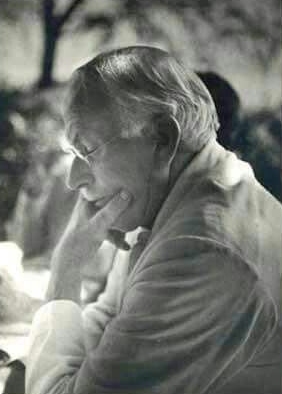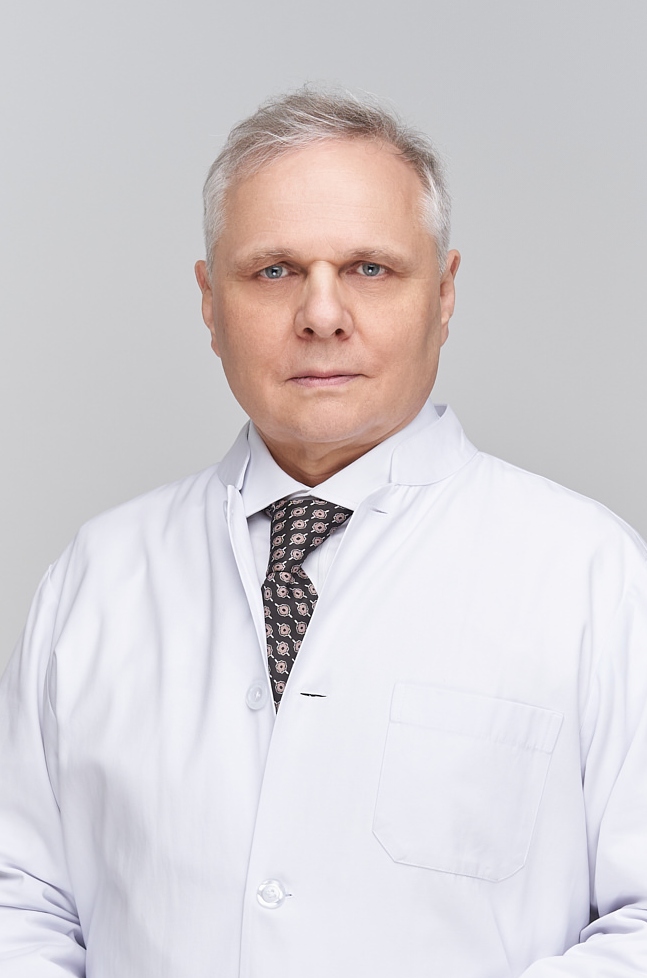
Carl Gustav Jung disagreed with the idea that humans are born as a “tabula rasa,” a blank slate proposed by ancient philosophers like Aristotle and later, in the 17th century, by René Descartes and John Locke. Instead, C.G. Jung introduced the concept of the “collective unconscious” describing it as an inherited layer of the psyche, equipped with universal experiences common to all humans. This layer exists beneath the “personal unconscious” of repressed wishes and traumatic memories discovered by Freud.
Jung developed the concept of the collective unconscious based on his own experiences. Even as a child, possessing a remarkable gift for introspection, he realized that there were things in his dreams that came from somewhere beyond himself. During his research as a psychiatrist, he found symbols and images in the delusions and hallucinations of schizophrenic patients that also appeared in myths and fairy tales.
Jung’s Inspiring Dream about the Collective Unconcsious
Typically for Jung, the idea of the collective unconscious was inspired by a dream. He dreamt this dream on his way back to Europe after the famous lectures at Clark University in 1909. He and Sigmund Freud traveled together on a transatlantic ship and analyzed each other’s dreams. Jung noticed that Freud was not able to understand some of his dreams.
“As I have already said, Freud was able to interpret the dreams I was then having only incompletely or not at all. They were dreams with collective contents, containing a great deal of symbolic material. One in particular was important to me, for it led me for the first time to the concept of the “collective unconscious …”
This was the dream:
I was in a house I did not know, which had two stories. It was “my house.” I found myself in the upper story, where there was a kind of salon furnished with fine old pieces in rococo style. On the walls hung a number of precious old paintings. I wondered that this should be my house, and thought, “Not bad.” But then it occurred to me that I did not know what the lower floor looked like. Descending the stairs, I reached the ground floor. There everything was much older, and I realized that this part of the house must date from about the fifteenth or sixteenth century. The furnishings were medieval; the floors were of red brick. Everywhere it was rather dark. I went from one room to another, thinking, “Now I really must explore the whole house.”
I came upon a heavy door and opened it. Beyond it, I discovered a stone stairway that led down into the cellar. Descending again, I found myself in a beautifully vaulted room that looked exceedingly ancient. Examining the walls, I discovered layers of brick among the ordinary stone blocks, and chips of brick in the mortar. As soon as I saw this, I knew that the walls dated from Roman times. This process of uncovering layers and discovering deeper truths mirrors c.g. junf Collective Unconscious a theory that suggests beneath the conscious mind lies a deeper, shared reservoir of knowledge. According to Jungian theory, the collective unconscious contains universal experiences, symbols, and archetypes, shared by all humans across time and culture.
My interest by now was intense. I looked more closely at the floor. It was of stone slabs, and in one of these I discovered a ring. When I pulled it, the stone slab lifted, and again I saw a stairway of narrow stone steps leading down into the depths. These, too, I descended, and entered a low cave cut into the rock. Thick dust lay on the floor, and in the dust were scattered bones and broken pottery, like remains of a primitive culture. I discovered two human skulls, obviously very old and half disintegrated. Then I awoke…
Then Jung analysed the dream:
It was plain to me that the house represented a kind of image of the psyche that is to say, of my then state of consciousness, with hitherto unconscious additions. Consciousness was represented by the salon. It had an inhabited atmosphere, in spite of its antiquated style. The ground floor stood for the first level of the unconscious. The deeper I went, the more alien and the darker the scene became. In the cave, I discovered remains of a primitive culture, that is, the world of the primitive man within myself, a world which can scarcely be reached or illuminated by consciousness. The primitive psyche of man borders on the life of the animal soul, just as the caves of prehistoric times were usually inhabited by animals before men laid claim to them”.
C.G. Jung. “Memories, Dreams, Reflections”
The Collective Unconscious and Inner Growth
Jung experienced the unconscious as a living, constant companion of every waking and sleeping moment. For him, the secret of life’s meaning lay in relating to this mysterious power. The first sentence of his autobiography expresses this concern: “My life is the story of the self-realization of the unconscious.”
How can we enable the unconscious to realize itself? By granting it freedom of expression and then examining what it has expressed. Thus, self-realization requires the psyche to turn around on itself and confront what it produces.
In conducting this experiment, Jung experienced himself as split in two—between the conscious subject, who experienced, recorded, and struggled to survive, and the unconscious other, manifesting in the personalities and powers that forced themselves on him. Jung recognized that the psyche is a real and independent entity acting on its own.
For the rest of his life, Jung was preoccupied with the dynamics of personal transformation and growth. He was one of the few psychologists in the twentieth century to maintain that development extends beyond childhood and adolescence, through mid-life, and into old age. It was this lifelong developmental process that he called “individuation,” and he believed that it could be brought to its highest fruition if one worked with and confronted the unconscious.

DR. GREGOR KOWAL
Dr. Gregor Kowal studied human medicine at the Ruprecht-Karls-University in Heidelberg, Germany, where he also earned his doctoral degree (PhD). He completed his specialization in Psychiatry and Psychotherapy with the Medical Chamber of Koblenz, Germany. In the following years, he held positions as Head of Department and Medical Director in various psychiatric hospitals across Germany. Alongside his clinical responsibilities, he served as a consultant expert for the Federal Court in Frankfurt, providing psychiatric evaluations in legal cases. Since 2011, Dr. Kowal has been working as the Medical Director of CHMC, the Clinic for Psychiatry and Psychotherapy in Dubai, UAE. His specialist training includes extensive expertise in biological psychiatry and psychodynamic psychotherapy.


